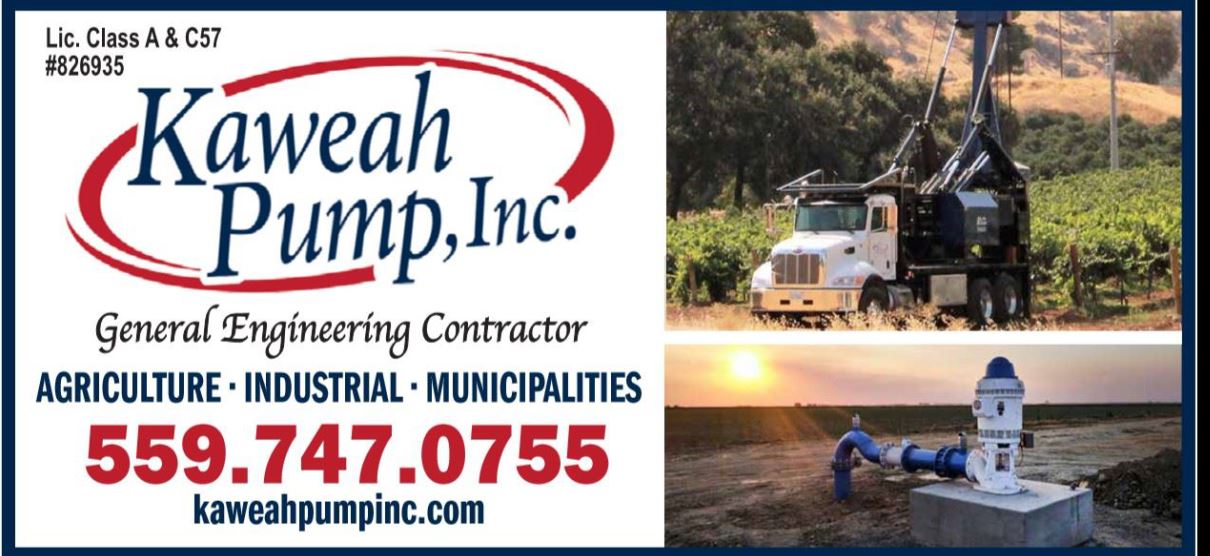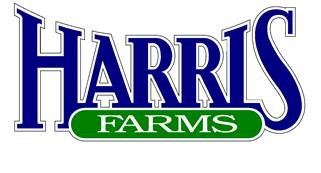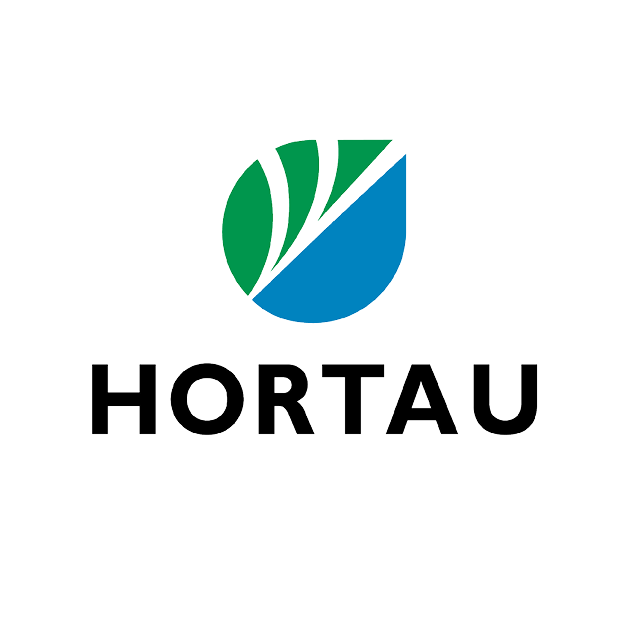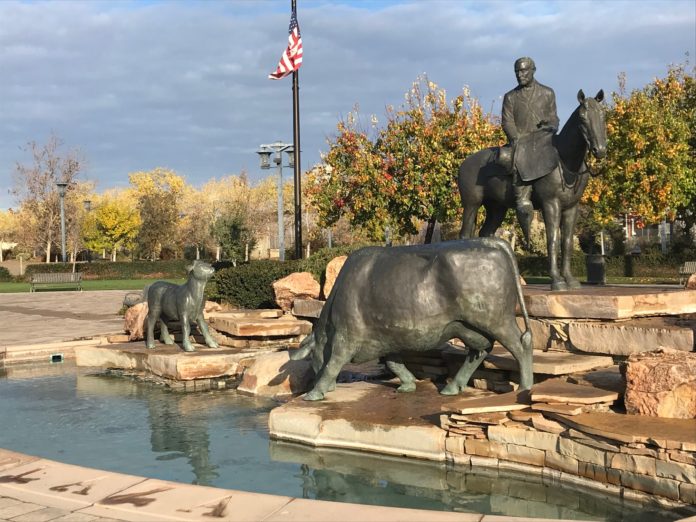 The Exchange Contractors board of directors met at its Los Banos headquarters on Friday, October 4, 2019. Chairman Jim O’Banion called the meeting at 9:00am. Right out the gate Water Master Adam Hoffman gave the water report saying this is the new water year. Releases at Shasta have been cut back and Oroville continues to make releases on the Sacramento River. The federal Jones Plant has been pumping at capacity lately but fall X2 is overshadowing things and outflow needs to increase to keep the naturally occurring saltwater at bay, or in the bay to be more precise. Ex Con Executive Director Chris White said there is a potential to fill up San Luis Reservoir but it’s not a guarantee. Christine White has the new Central Valley Operations leader slot and it’s hoped she becomes permanent.
The Exchange Contractors board of directors met at its Los Banos headquarters on Friday, October 4, 2019. Chairman Jim O’Banion called the meeting at 9:00am. Right out the gate Water Master Adam Hoffman gave the water report saying this is the new water year. Releases at Shasta have been cut back and Oroville continues to make releases on the Sacramento River. The federal Jones Plant has been pumping at capacity lately but fall X2 is overshadowing things and outflow needs to increase to keep the naturally occurring saltwater at bay, or in the bay to be more precise. Ex Con Executive Director Chris White said there is a potential to fill up San Luis Reservoir but it’s not a guarantee. Christine White has the new Central Valley Operations leader slot and it’s hoped she becomes permanent.
Instead of leading with the traditional financial report which gives me time to craft an introductory paragraph. The meeting began with the water report. Then Joann White gave the scoop on the money. That went well and the board approved all of her information. Chris White said last year the board directed staff to come up with a plan to come up with new water at a preset price. That started the Orestimba Creek, Los Banos Dam and Del Puerto Dam projects. He said there could be WINN Act funding this year or next to help out. The number of 50,000 new a/f is needed. White said this is the amount that should carry for the next 20 years. Like the costs at the DMV coming down it is possible for the CVP to get larger allocations in the future but unlikely. The board approved a cash call to make up for delayed WINN Act funds at which time there will be reimbursements made.
The CPA firm Cuttone & Maestro put in a bid for $8,000 to continue performing the audits. There were a dozen firms solicited and this is the best response. The board agreed to a three year contract. White said the 2020 budget proposal was presented as a draft for review. We noticed White’s salary went up. No big deal. But good for him. Last year Ex Con pledged $1 per a/f to pay for the science to review the Voluntary Agreements. This scientific review is now taking place. The question is whether to pay that money now or later and that will be a part of next month’s meeting.
White gave his Exec Direct report saying the San Joaquin River Restoration Program has yielded a MOA that needs home board approval. There have been some gains such as getting the State Lands Commission to get its nose and nuts out of the deal. White said the US Bureau of Reclamation isn’t speaking English when it comes to land acquisition and it is responsible for the infrastructure. The USBR isn’t delivering and White just about got into a rant. Columbia Canal Company’s GM Randy Houk said it’s his job to go off the rails. Ex Con recently took a trip to Washington DC with Friant and others where meetings were held and unity exhibited. One focus was to extend the WINN Act. Both the Friant Kern and Delta Mendota Canals needs some TLC and Del Puerto Dam needs some federal help. This is the third time I’ve heard it was a good DC trip. Assemblyman Adam Grey will be touring Ex Con later this month. He’s bringing a Bay Area and a Southern California assemblyman with him. A three-for tour. Ex Con is working with Rosedale Rio Bravo WSD in Bakersfield on a water deal and that will require some Bureau interaction. The Triangle T WD will now be able to take some Ex Con water now. White was asked how the meetings with Senator Kamala Harris and Congresswoman Nancy Pelosi went. He said it went OK. They met with staff and pointed out the harm of SB1 and the need to extend the WINN Act. He said having a large delegation of water district folks helped carry a much unified and powerful message. The best traction came with meetings at the Department of Interior about infrastructure needs. Sounds good.
Director of Policy Steve Chedester said the USBR did come through with some needed data to allow starting cost estimates for levees downstream from Mendota Dam. There is action starting to happen on the Mendota Pool fish screen. There is a landowner meeting for Reach 2B a week from today. This will be an attempt to keep folks current on what’s happening and what to expect next year. The schedule is slipping on the fish screens. If the Bureau does the work it could add another year to the time. He next spoke about Temperance Flat. The MOU group is working towards getting confirmation on who wants to store how much. The biops should have some new public outreach next month. The Voluntary Settlement Agreements can go forward thanks to SB1’s veto. Of the six enviro NGOs who vowed to boycott the VSAs if SB1 was vetoed, only two stayed away. A little unexpected silver lining. The Valley Blueprint is still moving forward. Dr. Scott Hamilton gave a presentation that was pretty good at the last meeting. There is a search for a project manager. White also gave the board an organizational chart to use to help in getting some of the SJR restoration projects going. The board approved.
Next San Luis Canal Company GM John Wiersma presented the board with some plans for dealing with the subsidence taking place in the old Triangle T area. This part of the Valley was all rangeland until a very large insurance company planted almonds wall to wall and started pumping like crazy without surface water supplies. Surprise, there was a great deal of subsidence. Anyway, Wiersma said there is progress being made.
The Water resources plan was next and Andy Neal of Del Puerto WD reported the administrative draft EIR for the Del Puerto Dam project has been sent to management. He reported he’s working with the Bureau and the Army Corps of Engineers to get on the same page. Seismic and geo-tech investigations as well as cultural investigations such as Indian burial grounds are ongoing. He’s working with the Bureau for permission to drill next to the Delta Mendota Canal to test for installing a pumping plant to move water in and out. There will have to be a road relocated if the project goes forward and the county is insisting. This could be a win/win for everyone. PG&E toured the site and believes they can simply raise powerlines and span the reservoir instead of relocating them. Shell Oil has some property impacted by the project and it is selling its California assets, so they’re dragging a bit. He said there could be a similar intertie on the DMC and California Aqueduct as the one upstream. He also submitted the project to the California Water Commission and it was determined it met the Prop One burden which paves the way for a letter from the governor which makes WINN Act money available.
Consultant David Cory gave his report saying to expect the social justice warriors to sue over the basin plan amendment if the State Board rules in favor of the Regional Board’s recommendations. He said there is a broad policy group of everyone from NGOs to growers participating in the CV Salts program. There is a smaller group paying for a consultant to help keep things  going. The group actually putting money on the line are ag related. Cory said he’s baffled the enviros are so against something that can help improve things. This could be a real lose/lose for the disadvantaged communities if the activists get their way. There’s a contingent of people in Sacramento and elsewhere who want all the ag land in the Valley retired. They forget if it rains water is still going to run off the land and without folks to manage it there could be some very bad unforeseen consequences.
going. The group actually putting money on the line are ag related. Cory said he’s baffled the enviros are so against something that can help improve things. This could be a real lose/lose for the disadvantaged communities if the activists get their way. There’s a contingent of people in Sacramento and elsewhere who want all the ag land in the Valley retired. They forget if it rains water is still going to run off the land and without folks to manage it there could be some very bad unforeseen consequences.
White next gave the legislative report saying the highlight on the state side was the veto of SB1. There will probably be another attempt to push it through in the next session. But for now at least there a little breathing room. On last Friday the feds agreed to work under the X2 standards and that helped get congressional support to veto SB1. With what is called the silly season in Washington DC – elections – cross alley cooperation is not good.
Attorney Paul Minasian gave his report saying there is a report for the federal report stating the Bureau is responsible for drainage. There is a new JPA for the San Luis drain and there are some Bureau folks who would love to get out of the drainage business. As for Westlands WD the Bureau is telling the court it is working on drainage mitigation in WWD. He said there needs to be a tool to help clean up the water with desal. The Bureau out of Denver wants to control the desal plants and could spend $1 million. But who knows the grant situation or what it will be? He said assuming there is no fiscal crisis in the USA there could be a good deal of money in the form of grants coming to play soon. On other matters through Delta conveyance is being ignored by just about everyone and that’s not good public policy. The State Board is writing an EIR for water transfers that will become very complicated if it can’t get unimpaired flows. That was about it for open session. Houk asked if it looks like the Bureau will be throwing money at desal in WWD and was told there would could be some retirement. He said a lot of planning is just slow talking. But as long as you’re talking you’re not dead. He also said there is no need for a closed session today unless the board wants one. I’ve never heard that before.

Houk started the four managers reports saying harvest will be finished next week and that was all. Wiersma said SLCC is working on getting the weed situation under control before it takes control. He has four capital projects out for bid. Central California ID GM Jarrett Martin said they’re sending water to Red Top area and they are working on Russel Avenue. Firebaugh Canal WD GM Jeff Bryant wasn’t present so Director Mike Stearns reported the Drainage JPA has scheduled a tour for its members.
White said the original purpose of digging the main canal wasn’t just irrigation. Barge traffic in the 1870s was also an ongoing concern. His also reminded folks the board photos will be in January so don’t eat too much. And that was that.
DISCLAIMER OF RESPONSIBILITY; Waterwrights.net strives to provide his clients with the most complete, up-to-date, and accurate information available. Nevertheless, Waterwrights.net does not serve as a guarantor of the accuracy or completeness of the information provided, and specifically disclaims any and all responsibility for information that is not accurate, up-to-date, or complete. Waterwrights.net’s clients therefore rely on the accuracy, completeness and timeliness of information from DAW entirely at their own risk. The opinions expressed in this report are those of the author and do not represent any advertisers or third parties.
ALL RIGHTS RESERVED. Copyright 2019 by Don A. Wright
SAN JOAQUIN RIVER EXCHANGE CONTRACTORS WATER AUTHORITY
Main Office: 541 H Street, P.O. Box 2115 Los Banos, CA 93653 Office 209/827-8616 www.sjrecwa.net Email: contactus@sjrecwa.net
DWR SGMA Identifier #5-022.07
The Exchange Contractors cover almost a quarter of a million acres in Fresno, Madera, Merced and Stanislaus Counties.
Mission Statement
The Exchange Contractors Water Authority mission is to effectively protect the Exchange Contract and maximize local water  supply, flexibility and redundancy in order to maintain local control over the members’ water supply.
supply, flexibility and redundancy in order to maintain local control over the members’ water supply.
Board
James O’Banion-Chair Central California Irrigation District, Chris Cardella-Vice Chair Columbia Canal Company, James L. Nickel-Treasurer San Luis Canal Company, Mike Stearns-Director Firebaugh Canal Water District
Staff
Chris White-Executive Director, Steve Chedester- Director Policies & Programs, Adam Hoffman-Water Resources Specialist, Joann White-Director Finance and Human Resources, Patty Baldini-Office Assistant, Darlene O’Brien- Administrative Assistant, Paul Minasian-Attorney
History
The San Joaquin River Exchange Contractors hold some of the oldest water rights in the state, dating back to the late 1800s. The rights were established by Henry Miller of the legendary Miller and Lux cattle empire. In 1871, Henry Miller constructed canals to divert water from the San Joaquin and North Fork of the Kings Rivers for irrigation of his vast acreage. Today, several of the original Miller and Lux canals are operated by the Exchange Contractors.
Although Henry Miller’s canals served the irrigation needs of his estate in the western portion of Fresno, Madera, Merced, and Stanislaus counties, in order for more growth on the east side of the San Joaquin Valley to occur, more water was needed. In 1933, the United States Department of Interior undertook the Central Valley Project, a vast undertaking to build dams throughout the great Central Valley including the Sacramento, American and San Joaquin Rivers. When construction of the Friant Dam (north of Fresno) was under consideration, feasibility studies showed that irrigation development of the Friant Project between Chowchilla and Bakersfield depended upon water being diverted from the San Joaquin River at Friant Dam and brought to the east side of the valley, via the Friant-Kern Canal.
To accomplish this, the government asked the heirs of Miller and Lux to agree to “exchange” where they receive their pre-1914 appropriative and riparian water from the San Joaquin and Kings Rivers for guaranteed deliveries of “substitute” water from the Sacramento River by means of the Delta-Mendota Canal and other facilities of the United States. This agreement, known as the “Exchange Contract,” along with the accompanying “Purchase Contract,” were reached in 1939 and that led to the name “San Joaquin River Exchange Contractors.” In normal years, the Exchange Contractors are guaranteed 100% of their contractual water allotment (840,000 acre feet) and in critical years the amount is 75% (650,000 a/f).
The Exchange Contractors, however, did not abandon their San Joaquin River water rights. Instead, they agreed not to exercise those San Joaquin and Kings Rivers’ water rights if guaranteed water deliveries continued through the Delta-Mendota Canal or other facilities of the United States.
































